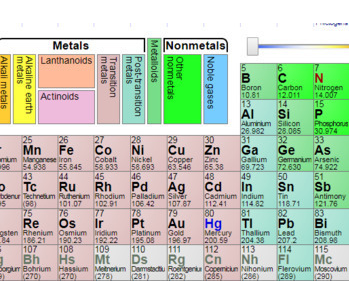Complete Earth Science Website
Image

EarthScience.xyz is a website that teaches earth science to students. It is a step by step book containing all the information needed to learn about the Earth. Teachers can have access to all the labs and assignments that are taught at Snowflake High School. There are tons of high-quality graphics, animation, and videos that will make presenting geology, meteorology, oceanography, paleontology and astronomy to students engaging and fun.









